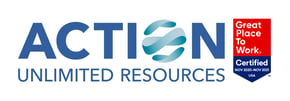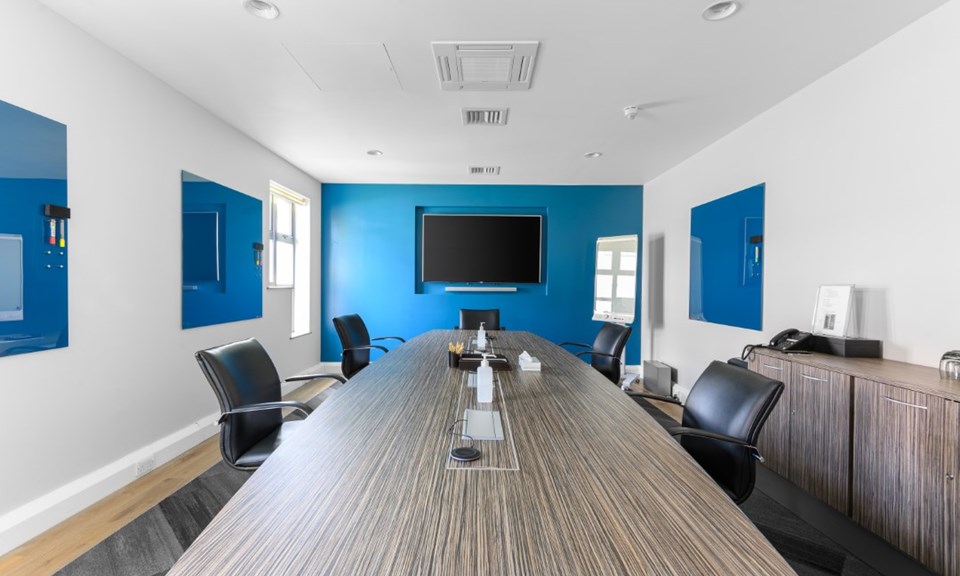There’s no doubt about it - COVID-19 has transformed the way that we interact, conduct business, and socialize. We’ve all adjusted to a new normal that prioritizes the safety of our family, friends, and community. While virtual gatherings have become a permanent part of our new reality, we are also planning for the return of in-person meetings and events. Event organizers and office managers are now at the forefront of our safety and security.
Note: there is always some inherent risk of transmission when holding an in-person gathering. COVID- 19 has made canceling or delaying events, meetings, and trade shows of any size essential. Currently, with various orders in place throughout the country, there is no one-size-fits-all solution to hosting events.
Given city and county recommendations vary, weighing a virtual or hybrid model for your scheduled meeting or event is encouraged. Should you decide a virtual event is not right for you, we've outlined safety protocols for consideration before, during, and after your gathering to ensure you are minimizing risk.
This table lays out the risk for different types of gatherings based on CDC guidelines:
|
Low Risk |
Virtual-only activities, events, and gatherings. |
|
More Risk |
Smaller outdoor and in-person gatherings in which individuals from different households remain spaced at least 6 feet apart, wear masks, do not share objects, and come from the same local area (e.g., community, town, city, or county). |
|
Higher Risk |
Medium-sized in-person gatherings that are adapted to allow individuals to remain spaced at least 6 feet apart and with attendees coming from outside the local area. |
|
Highest Risk |
Large in-person gatherings where it is difficult for individuals to remain spaced at least 6 feet apart and attendees travel from outside the local area. |
Meeting Safety:
If an in-person meeting is needed, designate one person from your team to be a contact ambassador. This person will be in charge of opening & closing the doors, setting up technology, and passing out meeting materials. Using one person for these tasks minimizes unnecessary contact and potential transmission. This person can also identify high touchpoints that need to be cleaned and disinfected prior to the meeting, between sessions, and after the event or meeting.
After the meeting has ended, clean and disinfect the space (learn the differences between them here.) Focus on high-touch areas such as:
- Doorknobs & handles
- Pens or any shared writing materials
- Tables & chairs
- Technology: e.g., clickers, screens, phones, etc
- Light switches
The meeting space should not be reused until it has been cleaned and disinfected, for everyone’s safety.
Event Safety:
As we mentioned above, there is no one-size-fits-all approach for gatherings, due to differing local health guidelines. If you are holding an in-person event, follow these guidelines to minimize risk for your attendees.
Pre-Event Safety:
Event planners should always consult the latest local health guidance prior to organizing any kind of event. By staying up to date on local restrictions, they can stay ahead of the curve and avoid any last-minute changes.
Before the event, conduct a thorough audit of the venue to ensure that the area is well ventilated and that sufficient touchless amenities are in place to distribute soap and hand sanitizer. Organizers should use EPA-approved disinfectants and sterilization best practices in high-traffic areas to disinfect and prepare for the arrival of guests.
All attendees should register to attend beforehand so that organizers can plan and ensure safety measures accordingly. Organizers should implement a reduced capacity to ensure that attendees can maintain a safe distance. Pre-event communication should clearly state that wearing a mask or cloth face covering is required to attend the event.
When planning, designate seating areas and floor markers to assist social distancing measures. Additionally, make sure attending staff are up to date with cleaning protocols and recommendations from governing health bodies. Advise attendees before the event or gathering that they should not attend if they have symptoms of, a positive test for, or were recently exposed (within 14 days) to COVID-19.
During the Event:
First and foremost, event organizers must take every precaution to ensure that the event is as socially distanced as possible by maintaining reduced capacity and social distancing markers. Check that all venue ventilation systems are working, and additional windows and doors should be opened to increase air circulation – as long as they do not pose a safety hazard to attendees.
Signage en route to the event should contain messaging regarding the check-in process and a reminder that masks are required to be worn throughout the entire event.
Event organizers should check in each attendee - a phone number is mandatory for contact tracking. At check-in, guests should sign that they understand event policies, will abide by them, and understand that if they do not abide, they will be asked to leave. It should also note that anyone displaying COVID- 19 symptoms or with a temperature of 100.4+ will not be allowed entry; anyone displaying symptoms during the event will be removed from the event.
Next, event organizers should take everyone’s temperature with a touchless thermometer and as guests then enter, show them to a hand sanitization station/sink to wash their hands. After this, a briefing should take place with each group brought in to review event policies.
All staff and attendees need to wear a mask or cloth face coverings per CDC guidelines. Consider having a person available to remind attendees if rules are not being followed.
Restrooms and other high-touch areas (e.g. doorknobs, tables) should be sanitized regularly. Hand sanitizer and handwashing stations should be readily available for attendees to use throughout the event. Implement a touchless experience whenever possible— for example, registration, payment methods, soap, hand sanitizer, paper towels, garbage cans, etc. Organizers should also avoid offering any self-serve food or beverage options, and consider having pre-packaged food items.
Immediately separate anyone who displays symptoms (e.g. fever, cough, shortness of breath of COVID-19 at the event.) Any affected individuals should leave the event to go home or to a healthcare facility. Clean and disinfect the holding area before anyone else enters.
After the Event:
Organizers should use disposable gloves when removing garbage bags or handling and disposing of trash. After using disposable gloves, throw them out in a lined trash can and wash hands with soap and water. As they did before the event, organizers should use EPA-approved disinfectants and best sterilization practices to clean and disinfect high traffic areas.
IF ANYONE REPORTS COVID SYMPTOMS AFTER THE EVENT: communicate potential exposure to the venue owner (if necessary), public health officials, staff, and other attendees.
Humans are social and physical by nature, and many of us long for the in-person communication of pre-COVID times. While there is no such thing as a risk-free gathering in the COVID era, taking precautionary measures can allow meetings and events to continue in a safe manner.
Consider hiring a professional in the janitorial/sanitation industry to help take care of essential details as we return to in-person meetings and events. Get in touch with us at info@actioncleanup.com to learn more about how we can help keep your offices and event spaces safe!



Enjoy this blog? Leave a comment or ask a question!